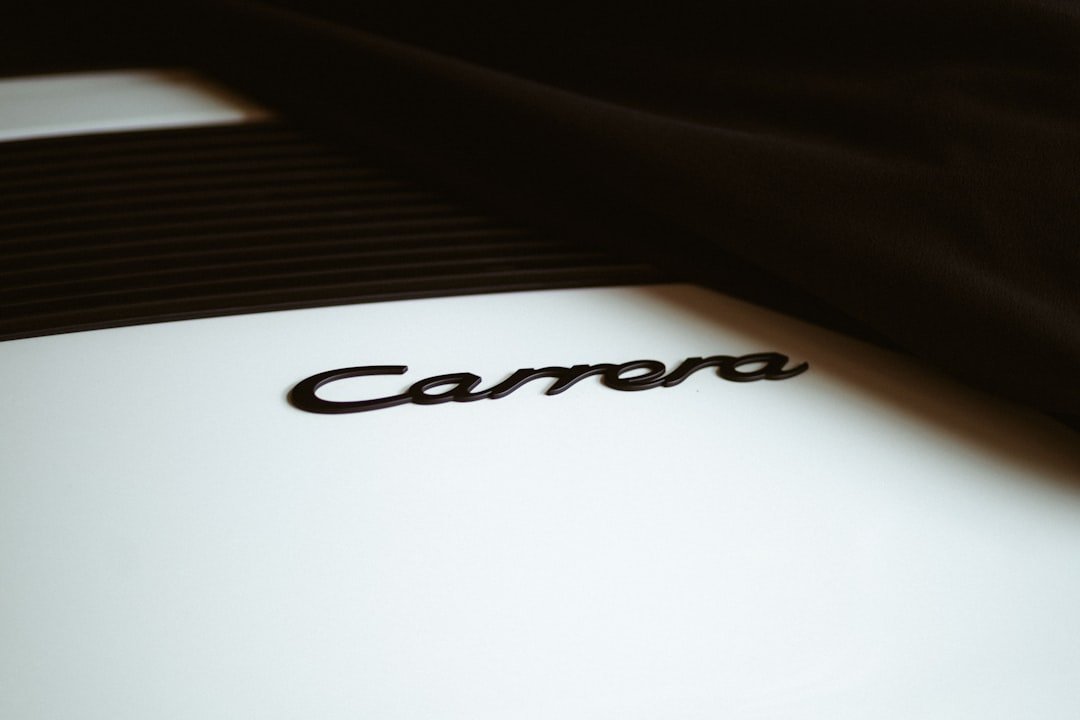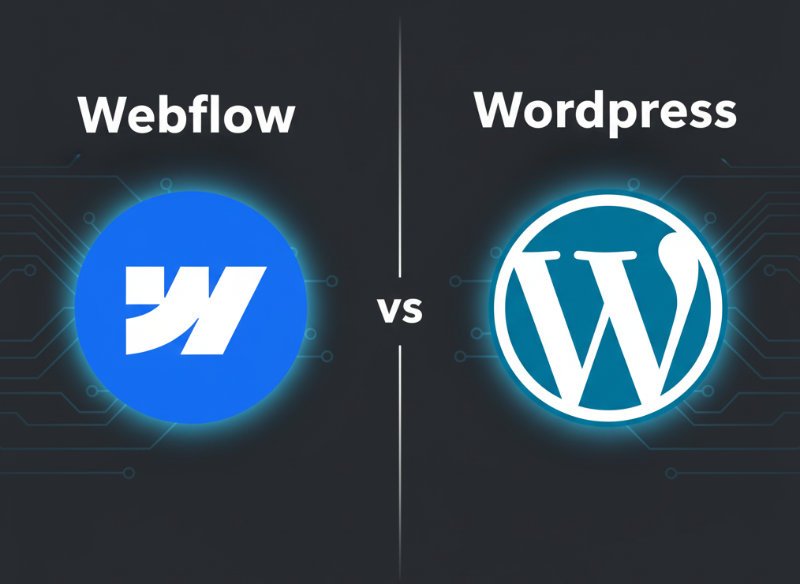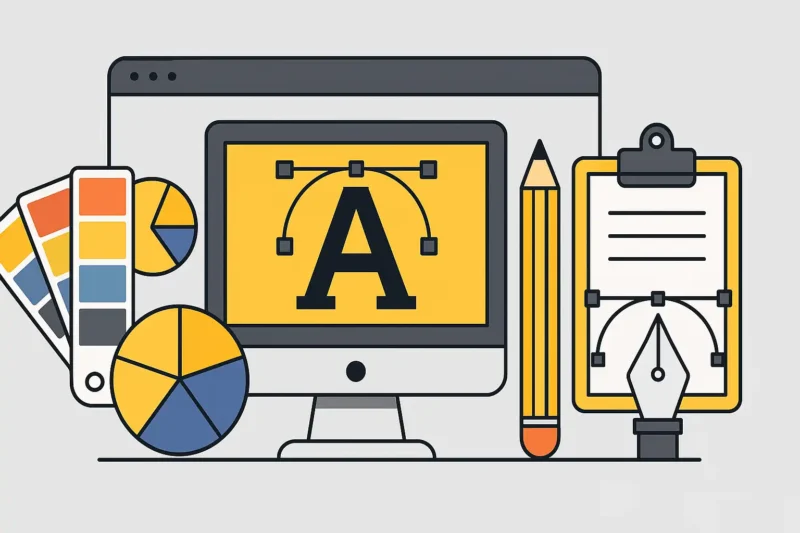In today's economic environment, a strong brand identity is no longer a luxury, but a necessity for SMEs, startups and VSEs in Paris and beyond. Yet, faced with the multitude of design tools available-Canva, Figma, Photoshop-many managers feel at a loss. How do you choose the right solution to build effective branding without sinking a budget or spending weeks on it? This article will shed light on the strengths and weaknesses of each platform, offering practical advice and real-life examples to help you make the right decision and simplify your company's visual creation, from conception to implementation.
Canva: Create a visual presence quickly and easily
For a manager looking for maximum responsiveness with limited resources, Canva is often the first port of call into graphic design. This online tool is designed for non-designers, offering an intuitive interface and thousands of ready-to-use templates. It excels for everyday needs.
- Speed of execution : Ideal for social networking posts, emailing banners, blog visuals or even corporate presentations.
- Accessibility : No technical skills required. Drag and drop, change text and colors.
- Budget under control : A free version that's already highly functional, and an affordable Pro subscription that unlocks even more resources.
However, for a complete and unique visual identity, Canva's customization limits will quickly become apparent. It's excellent for formatting existing content, but less so for creating an original logotype or complex graphic system.
Figma: Collaborate on your digital identity with agility
If your business is focused on digital design - creating a website, a mobile application, or even interactive prototypes - Figma is the tool of choice. Born for user interface (UI) and user experience (UX) design, it has become a benchmark for its ability to facilitate teamwork, even remotely.
- Real-time collaboration : Several people can work simultaneously on the same file, a boon for in-house teams or exchanges with freelancers like Altay Dagistan.
- Designed for the web : Ideal for designing user paths, wireframes, website mock-ups (for your Parisian startup, for example) and modular design systems.
- Prototyping : Create interactive prototypes to test your ideas before development, saving time and money.
Although not as intuitive as Canva for an absolute beginner, it's smoother to get to grips with than Photoshop. Figma is perfect for building a library of UI components that will ensure visual uniformity across all your digital media.
Photoshop: Master visual impact for professional media
Photoshop is the behemoth of graphic design, the reference tool for professionals in photo retouching, complex image manipulation and artistic visual creation. It is indispensable when photographic quality or limitless creativity are at the heart of your communication.
- Advanced image editing : Enhance your product photos, team portraits or brand images with unrivalled precision.
- Detailed graphic design : Create eye-catching large-format posters, magazine covers and original advertising visuals.
- Professional integration : Often used in conjunction with other Adobe software (Illustrator for vector logos, InDesign for page layout), it forms part of a complete professional workflow.
Photoshop's learning curve is steep, and its cost can be an obstacle for smaller structures. However, for visuals of impeccable quality that reflect your brand's professionalism, it remains a must. Think of it for high-impact advertising campaigns or high-end brochures.
Choosing the right tool for your project and resources
The best approach is not to choose "the best" tool in absolute terms, but the one that best matches your immediate needs, your in-house skills and the nature of your branding project. Here's a comparison table to help you see things more clearly:
| Features | Canva | Figma | Photoshop |
|---|---|---|---|
| Easy to learn | Very easy | Moderate | Difficult |
| Initial cost | Free / Affordable Pro subscription | Free (Starter plan) / Pro subscriptions | Adobe Creative Cloud subscription (more expensive) |
| Ideal for | Social networking visuals, simple presentations, banners, basic flyers. | UI/UX design, web/app mock-ups, prototypes, design systems, collaboration. | Photo retouching, complex illustrations, advertising posters, high-quality printed visuals. |
| Collaboration skills | Project sharing | Real-time, comments, advanced sharing | Files to be shared manually (less fluid) |
| Main file type | Bitmap images (export) | Vector (for UI) / Bitmap | Bitmap (pixels) |
For a small business just starting out, Canva may suffice for initial communications. A start-up with a strong digital component will naturally turn to Figma. And an SME looking for visually sophisticated advertising campaigns will find the power of Photoshop to its advantage.
Conclusion
The choice of tool for your branding depends intrinsically on your ambitions, your resources and the nature of your communication media. Canva is your ally for everyday speed and simplicity. Figma is the essential platform for structuring your digital identity and collaborating effectively. Photoshop is the professional tool for maximum visual impact and demanding graphic creations.
Each tool has its place, and a judicious combination can often optimize your production. The important thing is to define your needs before taking the plunge. If creating a relevant and memorable visual identity sounds like a challenge, or if you're looking for cutting-edge expertise to bring your brand to life, Altay Dagistan, your freelance designer in Paris, is here to help. I'll work with you to transform your vision into a distinctive visual identity, whatever the final tool, so that your company makes a lasting impression.
Image by: Bruno van der Kraan
https://unsplash.com/@brunovdkraan




